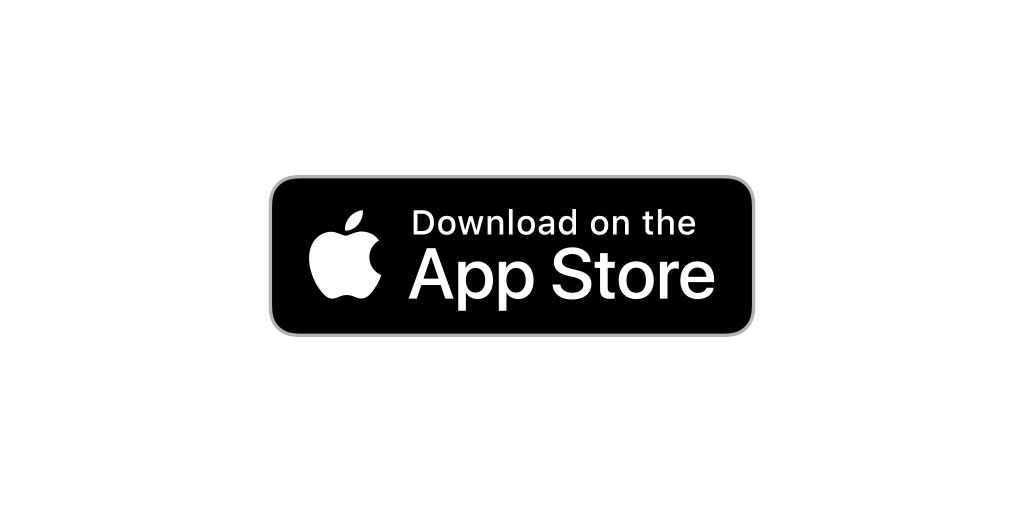Light Boxes have been around for years, and are a great tool for visually impaired users.
Traditionally, a light box is essentially a box containing a light, with a plastic top that allows the light out. It allows a high contrast surface to place objects or documents onto, making them easier for people with visual impairments to see.
When used in conjuction with colourful semi-transparent letters, numbers or other objects, light boxes can be an effective aid for visual perceptural skills and, depending on accessories, useful for motor skills, colour and shape recognition and many others.
Why reinvent the Light Box?
We see Visual LightPad as a supplement to a traditional Light Box, not a direct replacement.
Light boxes are great but they do have some downsides.
Size
They are generally large cumbersome devices. Portable light boxes do exist though, usually with expensive optional carrycases.
Electrical Safety
Light Boxes tend to also have a power cable attached to one side, so safety needs to be addressed, particularly in rooms with multiple children and/or light boxes.
Dedicated Use
Due to their general size, they usually require a dedicated playspace to set them up in, and usually with overhead lighting for children prone to seizures.
Seizure Risk
Due to the cost of a dedicated light box in the disability market, and their relative simple construction, there are a lot of ‘home made’ light boxes - some with unsuitable lighting, particularly with children prone to seizures.
Introducing Visual LightPad
Visual LightPad is a light box app for iPad. Let’s call it VLP for now.
You can use it in the same way as a traditional light box - just place objects on the screen.
Basic controls
The app is a full screen of light, with only a single spot to indicate there are more controls. We hide them all under here, because most children aren’t going to play with settings.
Once opened, the high contrast setting buttons will only stay on screen while used, then they’ll disappear back to the full screen of light.
At the bottom of the screen are controls for full brightness and dimmed brightness, plus a colour selector for changing the backlight colour. At the top of the screen are number buttons - press and hold them to save the current colour and brightness into that preset, and tap them to recall. This allows you to set up a few presets for different activities.
That’s it, there are no other controls! It’s simple and uncluttered.
Screen Protectors
We recommend you use a screen protector, but in our testing we haven’t had any scratched screens! Screen protectors are cheap and available on Amazon - just make sure you order the correct protector for your iPad.
Update: We have a preferred screen protector! Check out our Paperlike post for more details!
Advantages over a traditional Light Box
Cost
Yes, iPad costs a lot of money. However, they are multi purpose (shameless plug - check out our other apps) and are a very common item in the disability market. Lots of children already have them. In contrast, an expensive purpose built Light Box only has one use case.
Portability
The iPad is probably already travelling with you when you go from school to home, or on vacation etc. Adding the VLP app to your iPad adds no weight! We also made it work on iPhone, so you can use it on a handset if you needed to - although we recommend the bigger screen iPads.
Personal
An iPad is a personal device. VLP can be installed on any iPad so there is a dedicated light box for each user, and each iPad can save presets catered for its owner.
Battery Powered
The iPad can be used both plugged in, and on battery power. Using VLP on battery power gives out the same light level - depending on the light level will drain the battery quicker. At full brightness white, a standard iPad should last over 90 minutes and iPad Pro models should last longer.
Seizure assurity
Chances are, children who would use VLP have been using their iPad for other purposes for some time already. VLP will operate within the same parameters as other apps - if iPad has already been deemed safe, Visual LightPad is too.
Colours
We added selectable colours. This allows us to use VLP as sensory / mood lighting, but also allow for constrastual colours for play objects. It also allows us to cater for colour visual deficiency, Protanopia, Deuteranopia and Tritanopia.
Presets
We added a number of presets so users could save VLP’s current colour and brightness. One preset could be great for acetate documents and another for shape manipulation.
Why do we see Visual LightPad as supplemental to a traditional Light Box?
Mainly, due to size.
Traditional light boxes tend to be much larger than the average iPad. VLP supports all iPads, from the 8.3” iPad Mini, up to the 12.9” iPad Pro.
VLP also doesn’t go as bright as a traditional light box.
In reality, not all light boxes are created equal - some are bright, and some are too bright! VLP will go as bright as the iPad will allow, and newer iPads are far brighter than older iPads. It’s bright enough for our testers, but this is user specific!
How much does it cost?
It’s free.
Where can I find it?
It’s on the Apple App Store. Open the store on your iPad and search for ‘Visual LightPad’ (or click this link on your iPad or iPhone for direct page access)
Feedback
And again, feedback is great. Both good and bad. Drop us a comment! A review on the App Store really helps too. Thanks!







